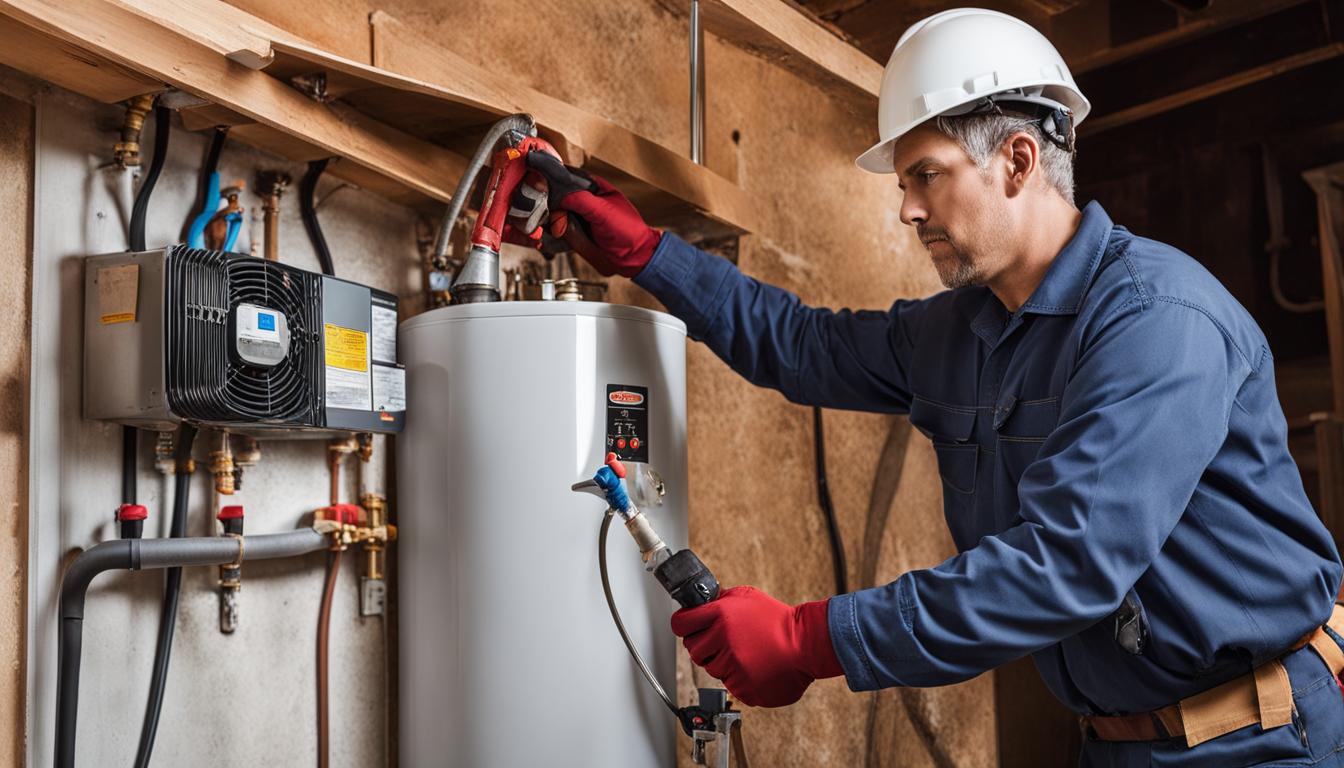What are your beliefs on How to Maintain a Hot Water Heater in a Few Simple Steps?

Warm water is essential for everyday convenience, whether it's for a revitalizing shower or washing meals. To guarantee your warm water system runs efficiently and lasts longer, routine upkeep is vital. This article supplies sensible tips and understandings on how to keep your home's hot water system to avoid disruptions and expensive fixings.
Intro
Preserving your home's warm water system could seem complicated, yet with a couple of simple steps, you can ensure it operates smoothly for many years to find. This guide covers every little thing from understanding your hot water system to DIY upkeep tips and understanding when to call professional help.
Importance of Maintaining Your Warm Water System
Regular maintenance not only expands the life-span of your warm water system yet additionally guarantees it runs successfully. Disregarding upkeep can cause reduced effectiveness, higher energy costs, and also early failing of the system.
Indications Your Hot Water System Needs Maintenance
Understanding when your warm water system needs interest can avoid major issues. Keep an eye out for indicators such as inconsistent water temperature, weird sounds from the heating unit, or rustic water.
Flushing the Hot Water Heater
Purging your water heater eliminates sediment build-up, enhancing performance and extending its life.
Checking and Replacing Anode Rods
Anode rods prevent corrosion inside the storage tank. Checking and replacing them when worn out is crucial.
Complicated Problems Requiring Specialist Assistance
Examples include significant leakages, electric issues, or if your water heater is consistently underperforming.
Routine Professional Upkeep Perks
Expert maintenance can include extensive inspections, tune-ups, and ensuring conformity with safety criteria.
Evaluating and Adjusting Temperature Setups
Readjusting the temperature setups makes certain optimal efficiency and safety and security.
Do It Yourself Tips for Maintenance
You can carry out several upkeep jobs yourself to keep your warm water system in top condition.
Looking for Leaks
Routinely evaluate pipes and links for leakages, as these can cause water damage and greater expenses.
Understanding Your Warm Water System
Before diving right into maintenance jobs, it's valuable to understand the fundamental components of your warm water system. Typically, this includes the water heater itself, pipes, anode poles, and temperature level controls.
Month-to-month Upkeep Tasks
Routine month-to-month checks can help catch small problems before they escalate.
Evaluating Pressure Relief Valves
Testing the stress safety valve guarantees it works properly and prevents excessive stress buildup.
Protecting Pipelines
Shielding hot water pipes minimizes warmth loss and can save power.
When to Call an Expert
While do it yourself maintenance is advantageous, some concerns need professional experience.
Conclusion
Normal upkeep of your home's hot water system is crucial for efficiency, long life, and expense financial savings. By complying with these ideas and knowing when to look for professional aid, you can ensure a trustworthy supply of warm water without unforeseen interruptions.
How to Maintain an Instant Hot Water Heater
Before tinkering with your hot water heater, make sure that it’s not powered on. You also have to turn off the main circuit breaker and shut off the main gas line to prevent accidents. Also turn off the water valves connected to your unit to prevent water from flowing into and out of the appliance. 2. When you’re done, you have to detach the purge valves’ caps. These look like the letter “T” and are situated on either side of the water valves. Doing so will release any pressure that has accumulated inside the valves while at the same time avoid hot water from shooting out and burning your skin. 3. When the purge valves’ caps are removed, you have to connect your hosing lines to the valves. Your unit should have come with three hoses but if it didn’t, you can purchase these things from any hardware or home repair shops. You can also get them from retail stores that sell water heating systems. Read the user’s manual and follow it to complete this task properly. When the hosing lines are connected, open the purge port’s valves. 4. You should never use harsh chemical cleaners or solutions when cleaning your unit. Make use of white vinegar instead. It should be undiluted and you’ll probably use about 2 gallons. 5. Now flush your water heater. This task should probably take about 40 minutes. We can’t give you specific directions for this because the procedure is carried out depending on the type, model and brand of your heater. With that being said, refer to the user’s manual. 6. When you’re done draining the unit, you have to turn off the purge port valves again. Remove the hosing lines that you earlier installed on each of the water valves. Put the valve caps (purge port) back in their respective places and be very careful so as not to damage the rubber discs that are found inside these caps. 7. Now that everything’s back in place, check your user’s manual again to find out how to reactivate your water heating system. 8. Once it is working, turn one of your hot water faucets on just to let air pass through the heater’s water supply pipes. Leave the tap on until water flows smoothly out of it. https://www.orrplumbing.com/blog/2014/september/how-to-maintain-an-instant-hot-water-heater/

As a fervent reader about How to Maintain Your Water Heater & Prolong its Life, I assumed sharing that excerpt was necessary. Make sure you take the time to share this article if you enjoyed reading it. Many thanks for your time. Kindly check up our site back soon.
Click Here